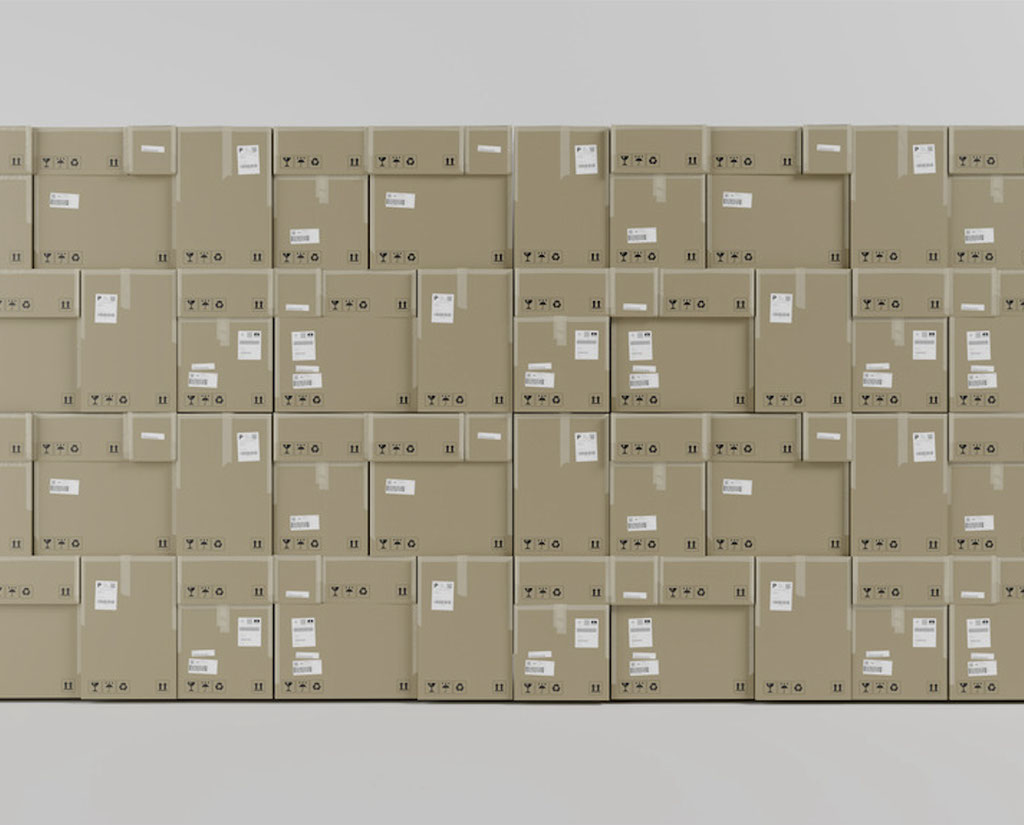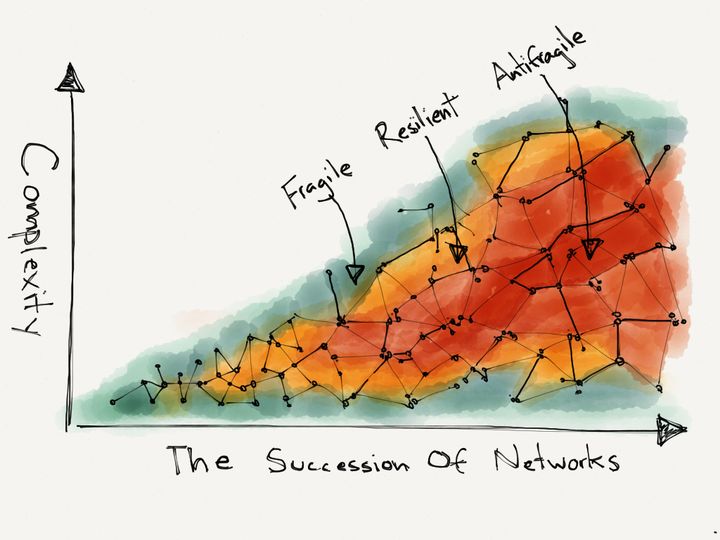
In today’s e-commerce boom, products aren’t just made to sell - they’re made to survive the journey. The trek from the factory floor to a consumer’s front porch is no easy feat.
One company that has made quite the impact on the e-commerce industry and these new shipping woes is Amazon. With their shipping compliance protocols reshaping the way we ship, it’s more important than ever for brands to rethink how they package, produce and even conceptualize their products.
From Shelf Appeal to Survival
In the past product packaging was all about retail presentation and marketing to their target customer. The box had to look good on the shelf with the hopes of catching someone’s eye - protecting its contents just long enough to get home. E-commerce has shifted those priorities.
Today, the commute is much longer. Products are tossed, dropped and stacked into delivery vans full of a myriad of different things. What has Amazon done in response to the increase in damaged goods? Mandated rigorous testing and certification under their SIPP (Ships in Product Packaging) and PFP (Prep-Free Packaging) protocols. The standards under these protocols test everything from drop resistance to moisture resilience.
The Cost of Non-Compliance
SIPP & PFP requirements have completely changed the game for manufacturers. For many it means redesigning products from the ground up. To survive a delivery truck’s abuse, packaging can no longer serve as a product’s billboard but as its armor.
This shift creates both internal creative strains and huge financial implications. Companies are now choosing between aesthetics and durability. The cost of redesigning and updating production lines while running Amazon’s lab simulations can certainly run steep, however the alternatives are worse - being removed from the world’s largest online marketplace and disappointing consumers in a very wasteful way.
The Bigger Picture
In the long run, changes manufacturers are making now will lead to more durable and eco-friendly packaging systems. While not all products are impacted, retailers like Target and Walmart also continue to follow suit with their own fulfillment driven packaging standards.
A large CPG company has turned to crowdsourcing for solutions to this problem. They’re asking the crowd to design a liquid laundry detergent bottle for both store front and e-commerce sales that meets Amazon’s distribution standards. Bottle Royale: Battle for Leak-Free Delivery is a great example of brands going the extra mile to adapt successfully.
While the long term benefits are certainly appealing, in the short term brands are struggling with the challenges ahead - adapt or be left behind, quite literally crushed in transit.








